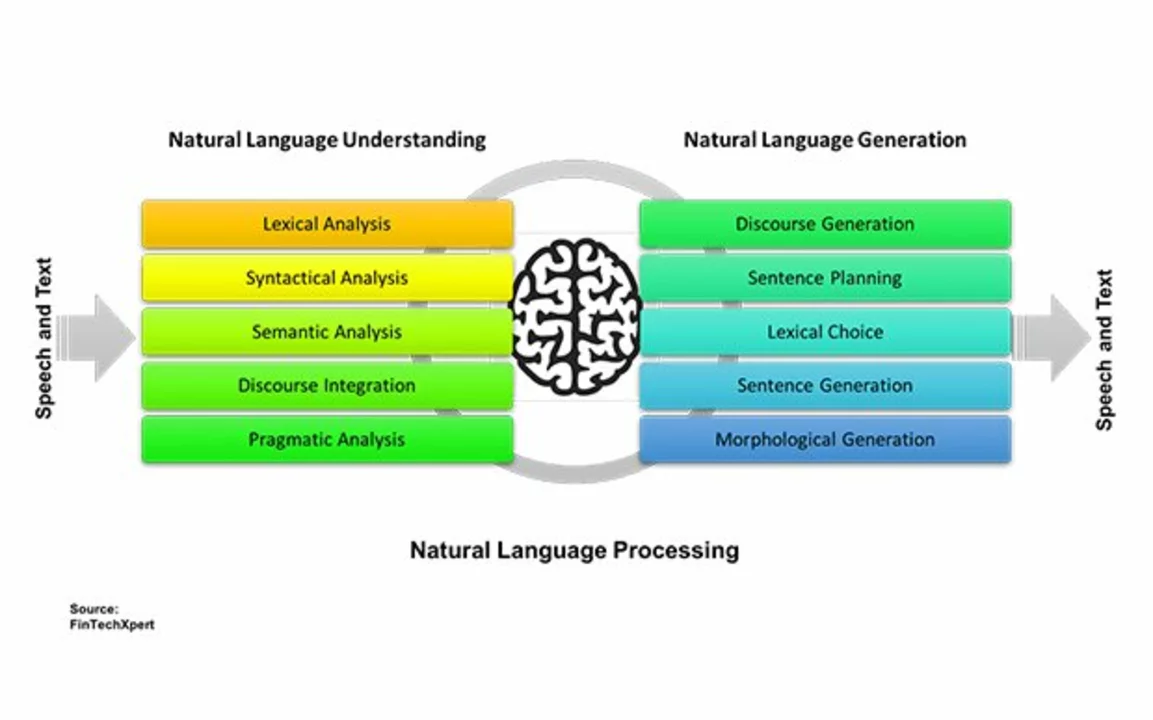Dealing with Synonyms: Why They Matter & How to Use Them
Ever get stuck because the word you need just won’t come to mind? That’s where synonyms step in. Swapping a single term can make a sentence clearer, more engaging, or even more searchable. Below you’ll find quick ways to find the right replacement, plus a few tricks to keep your content fresh.
Everyday Tricks for Finding the Right Word
First off, don’t overthink it. Open a thesaurus (online or built‑in to your word processor) and type the word that feels off. You’ll get a list of alternatives, but the real magic is in the context. Scan the suggestions, pick one that matches the tone you want—formal, casual, technical—and test it in your sentence. If it sounds clunky, try another.
Another fast method is a Google search. Type "[your word] synonyms" and Google will pop up a mini‑list right at the top. It’s handy when you’re writing on the fly and don’t want to switch tabs.
For deeper dives, use tools like WordHippo or Power Thesaurus. They let you filter by part of speech, popularity, or even by the level of formality. This is great if you’re drafting a tech article and need a precise term rather than a generic synonym.
Boost Your SEO with Smart Synonym Choices
Search engines love variety. When you repeat the same keyword over and over, it can feel spammy and hurt rankings. Sprinkle in synonyms that still convey the core idea. For example, instead of constantly writing “technology,” mix in “tech,” “innovation,” or “digital solutions.”
One practical tip: create a short list of primary keywords for each article, then write a synonym map beside it. When you see the primary term, glance at the map and choose a natural alternative. This keeps your content readable while signaling to search engines that you cover a topic comprehensively.
Keep an eye on search intent. If users are looking for “AI technologies,” you might also include “artificial intelligence tools,” “machine learning solutions,” or “AI applications.” All of these are synonyms in the eyes of a reader, and they broaden the reach of your page.
Finally, test your synonyms. Use a readability checker like Hemingway or Grammarly to ensure the new word fits the flow. If the sentence score drops, backtrack and try a different term.
By treating synonyms as a toolbox rather than a gimmick, you’ll write clearer, more engaging copy and give search engines the variety they love. So next time you hit a word wall, remember these quick hacks and keep the momentum going.
How does translation software deal with synonyms?
As a blogger, I've been curious about how translation software handles synonyms. I've discovered that these tools use complex algorithms and machine learning to analyze context and choose the most suitable synonym during translation. They also rely on extensive databases that contain multiple language pairs and their associated synonyms. Additionally, translation software continually improves as it learns from user inputs and feedback. In summary, dealing with synonyms is an intricate process for translation software, but they have been designed to handle this challenge effectively.
